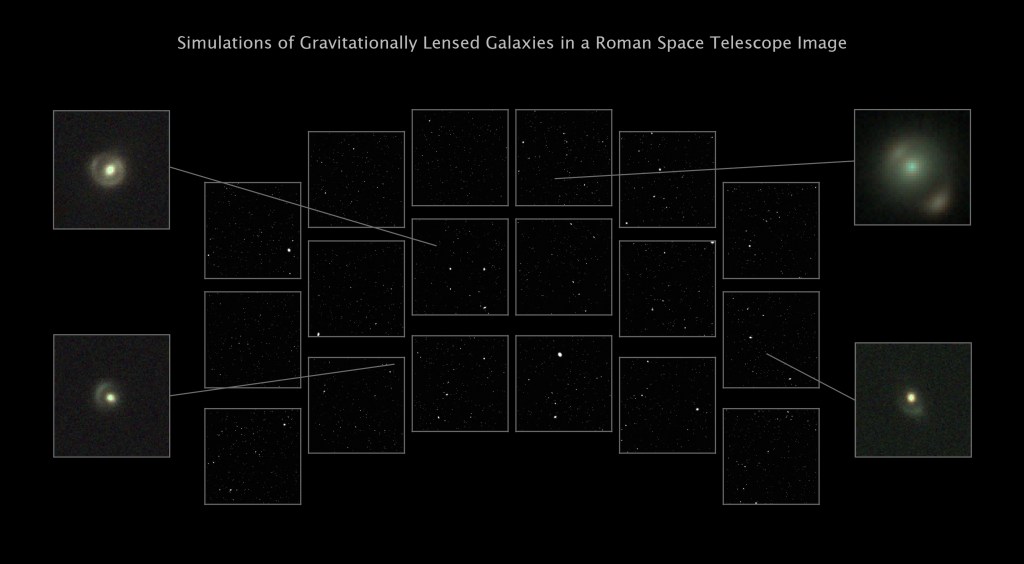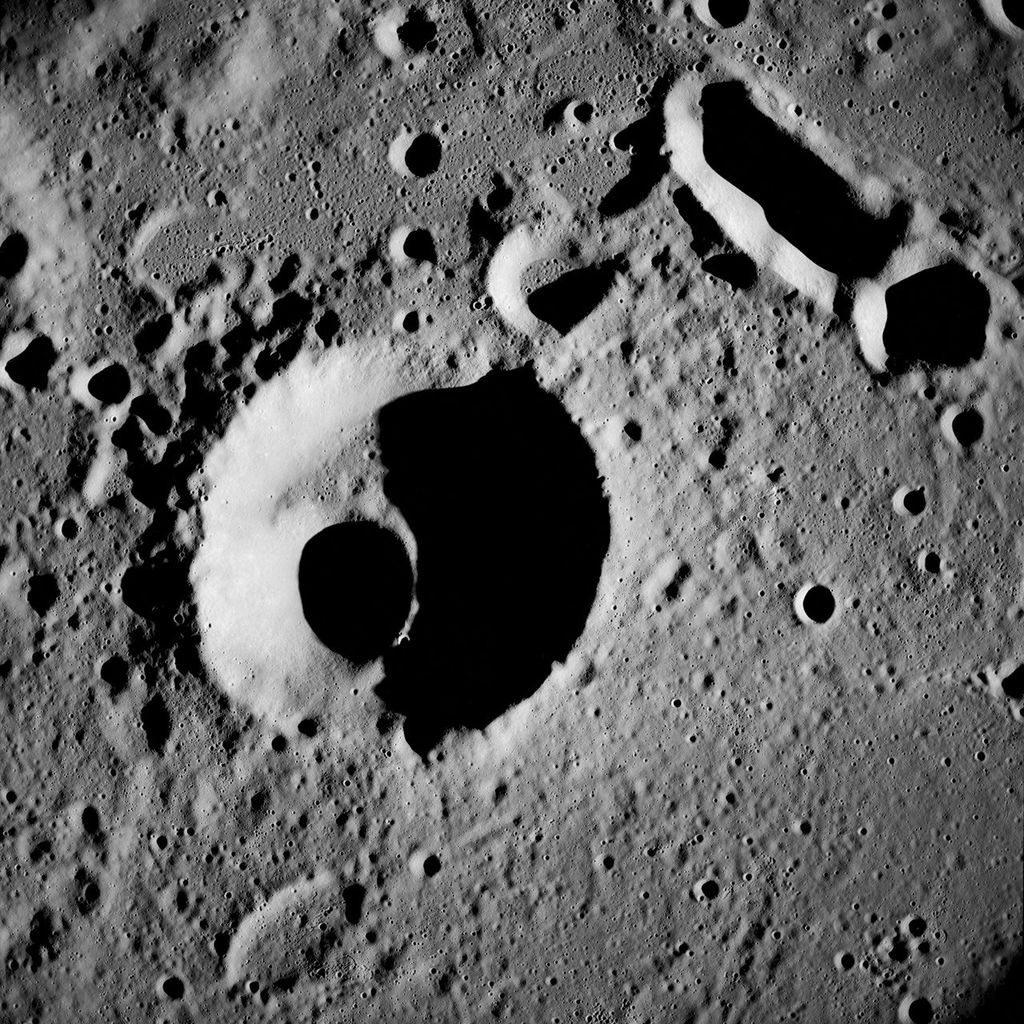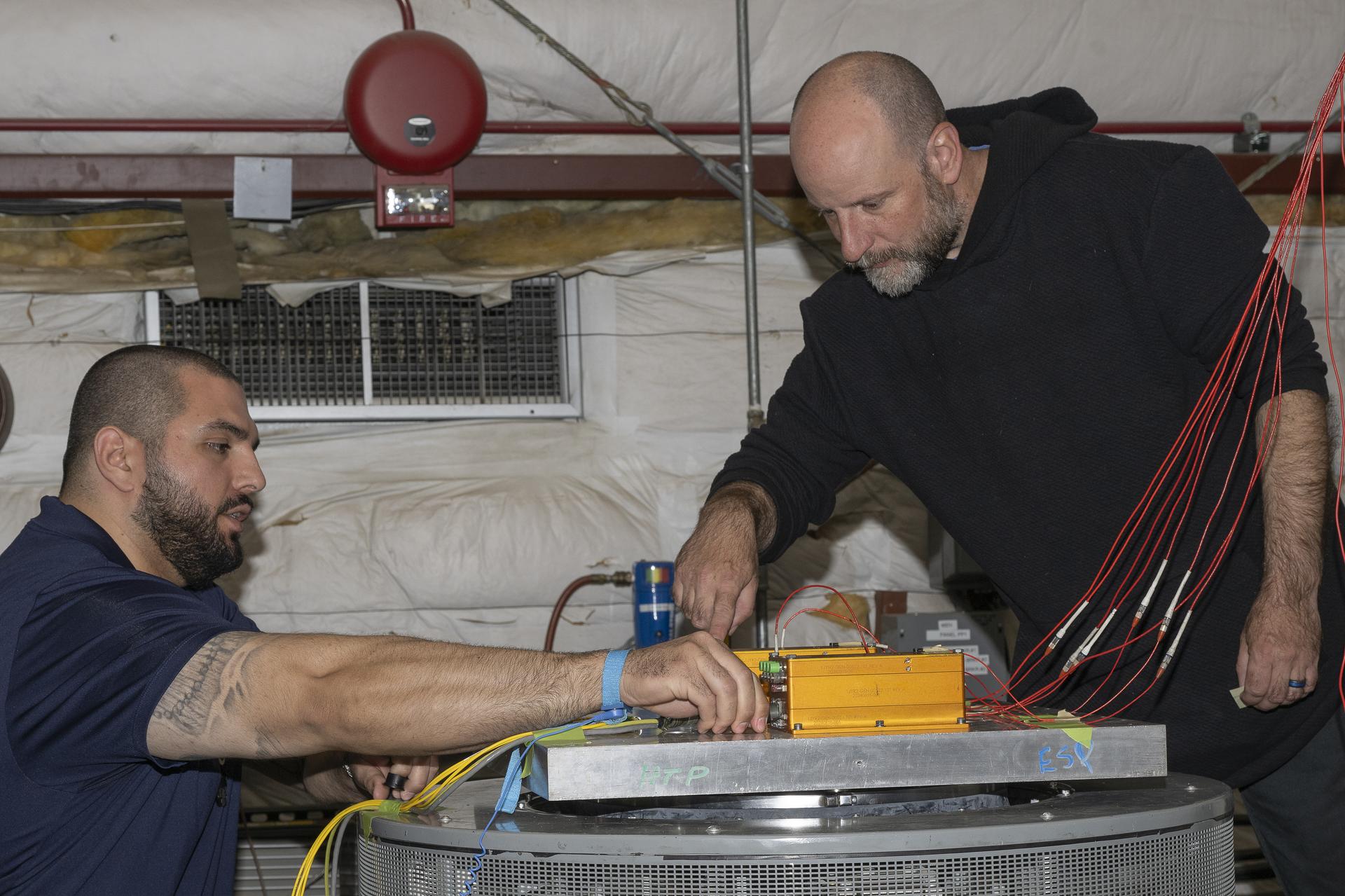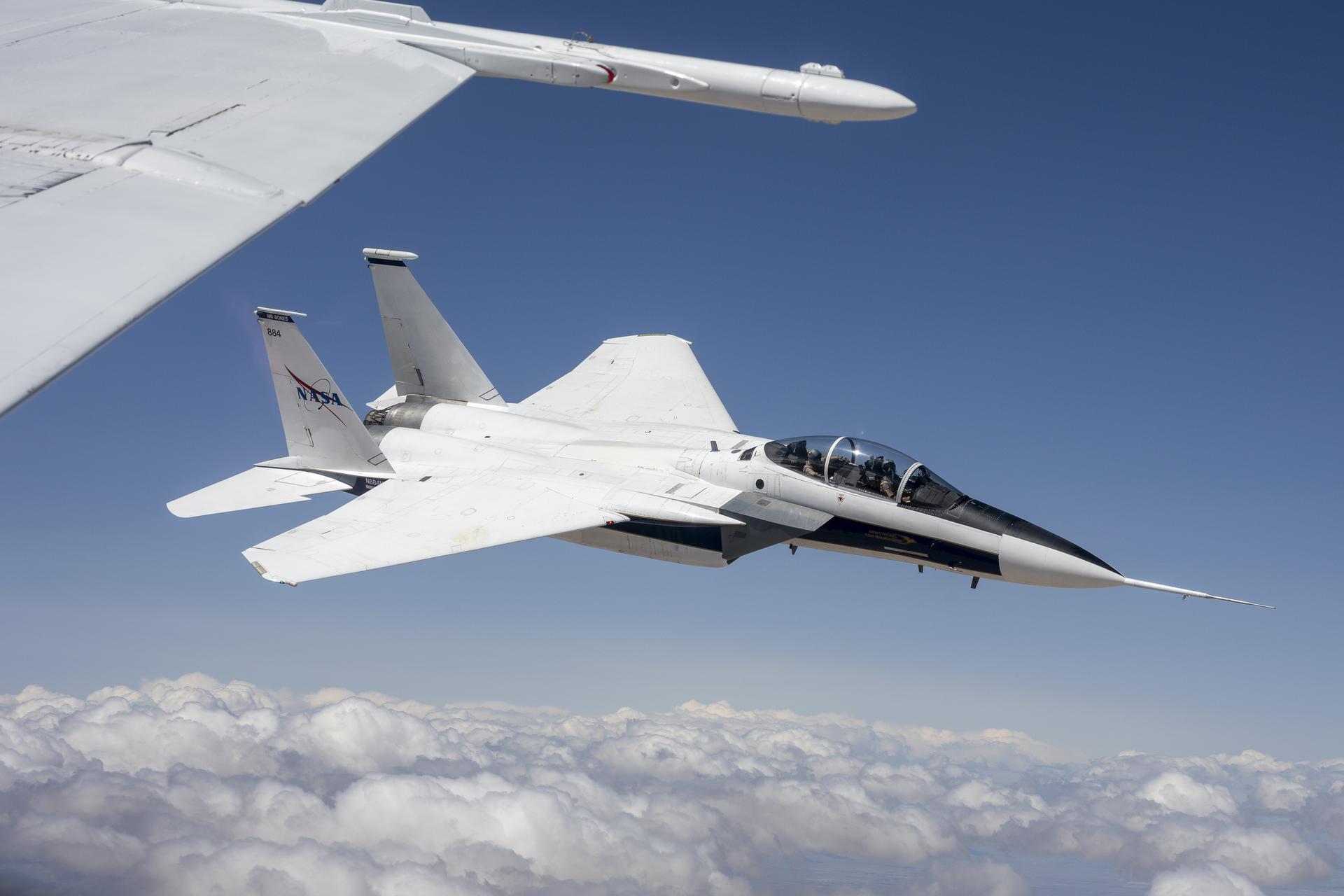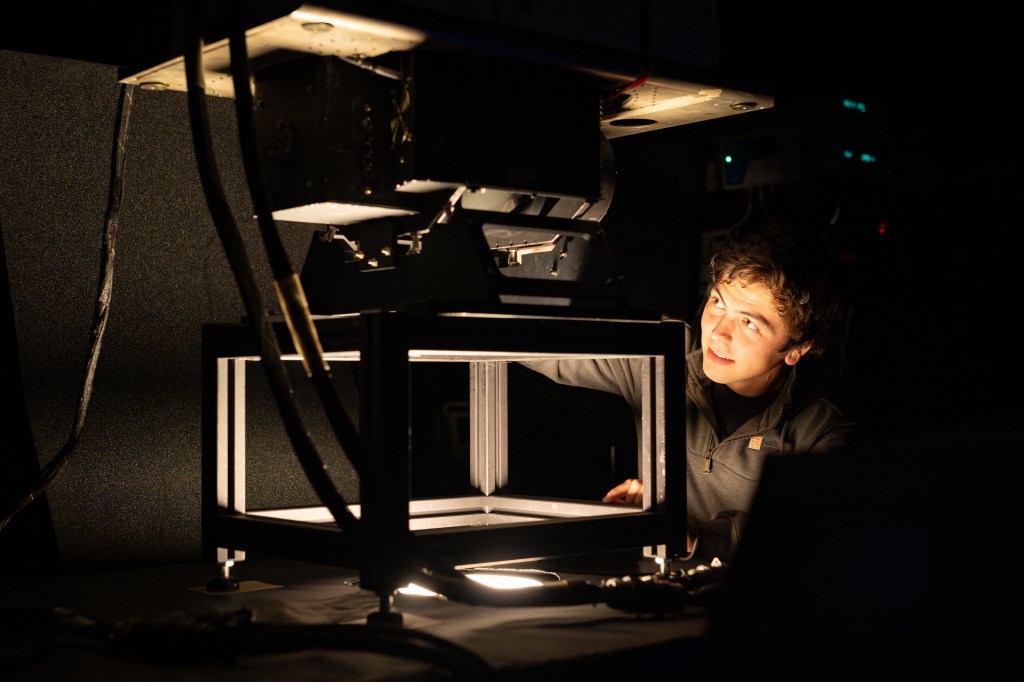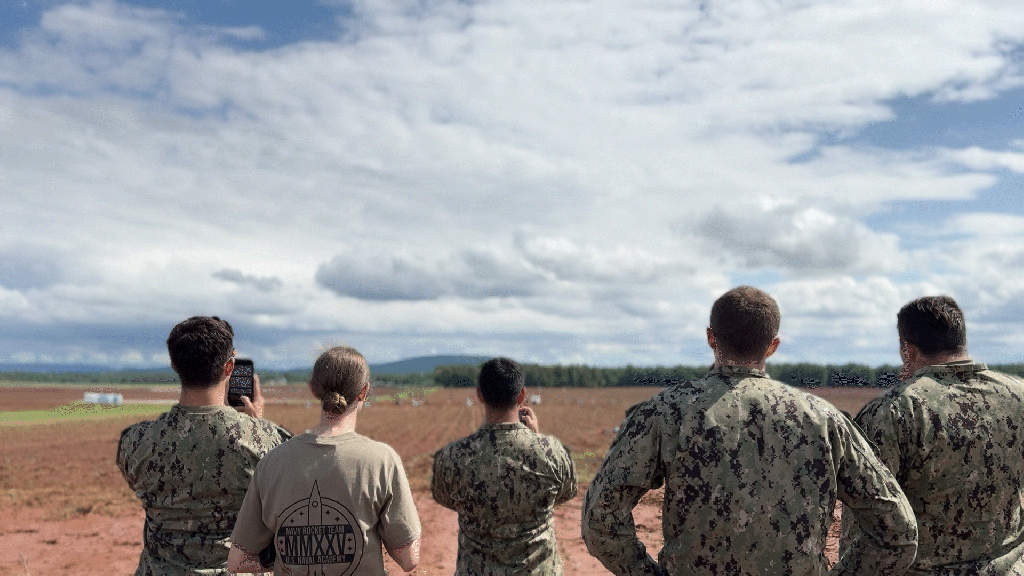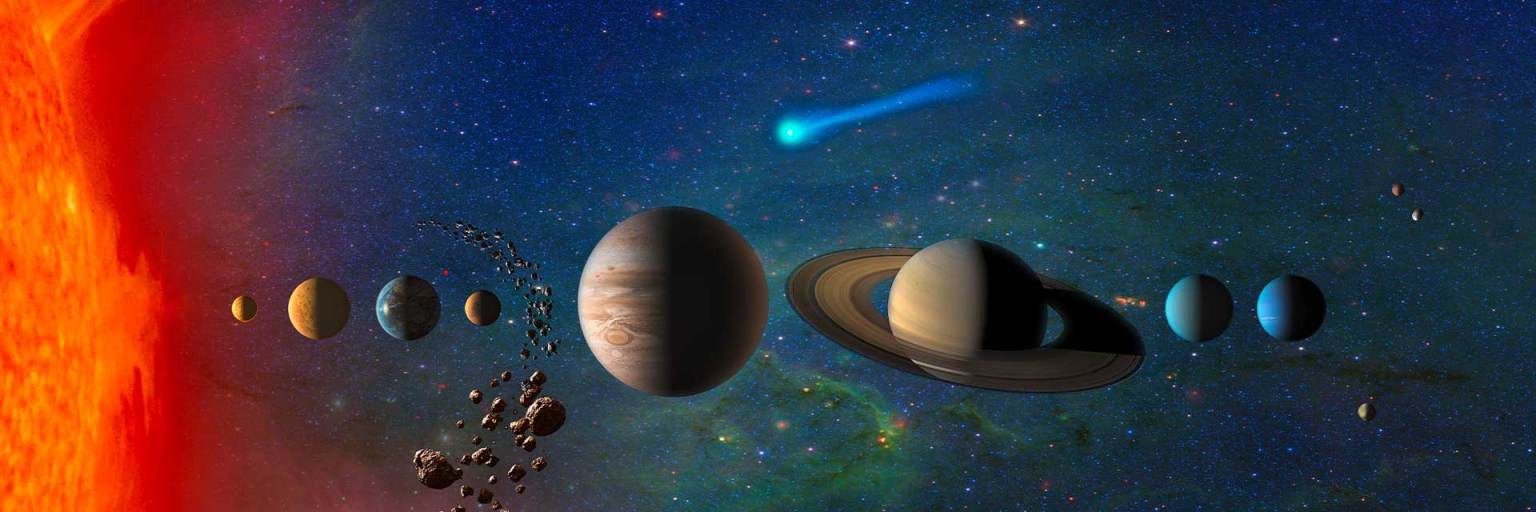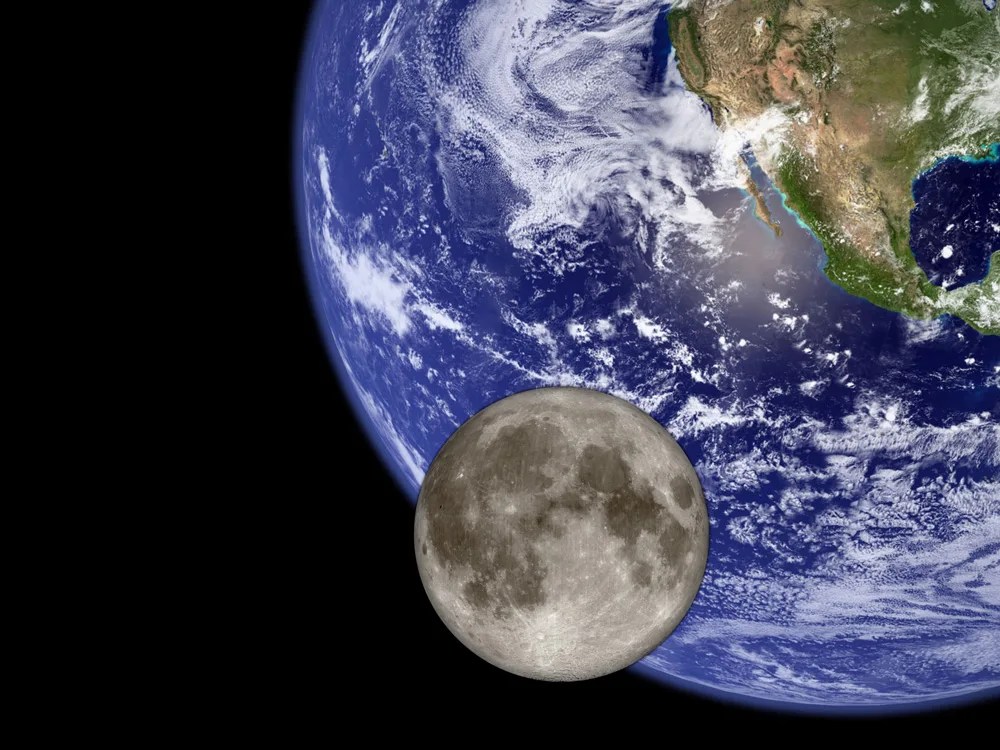Inner Solar System
Planetary Science missions to the inner solar system extend mankind’s presence to the rocky worlds and help to unlock the secrets of the solar systems’ composition, history and evolution, and how life on Earth began.
Mercury
Mercury is the smallest planet in our solar system and nearest to the Sun, although it is not the hottest planet. Only slightly larger than Earth's Moon, Mercury's surface is covered in thousands of impact craters.
Learn More About Mercury
Venus
Venus has often been described as Earth’s sister planet, since the two are very similar in size and bulk composition, but they evolved differently. Venus has a thick atmosphere that traps heat in a runaway greenhouse effect, making it the hottest planet in our solar system.
Learn More About Venus
Earth's Moon
Earth’s Moon is the only body beyond Earth where humans have journeyed – and will soon return. Studying the Moon and its history provides insight on the formation history of the Earth-Moon system and events that shaped the inner solar system.
Learn More About Earth's Moon
Earth
Earth is the only place we know of, so far, that’s inhabited by living things. Although not part of the Planetary Science Division portfolio of missions, NASA conducts Earth science from space, the air, and on land to increase our understanding of our home planet, improve lives, and safeguard our future.
Learn More About Earth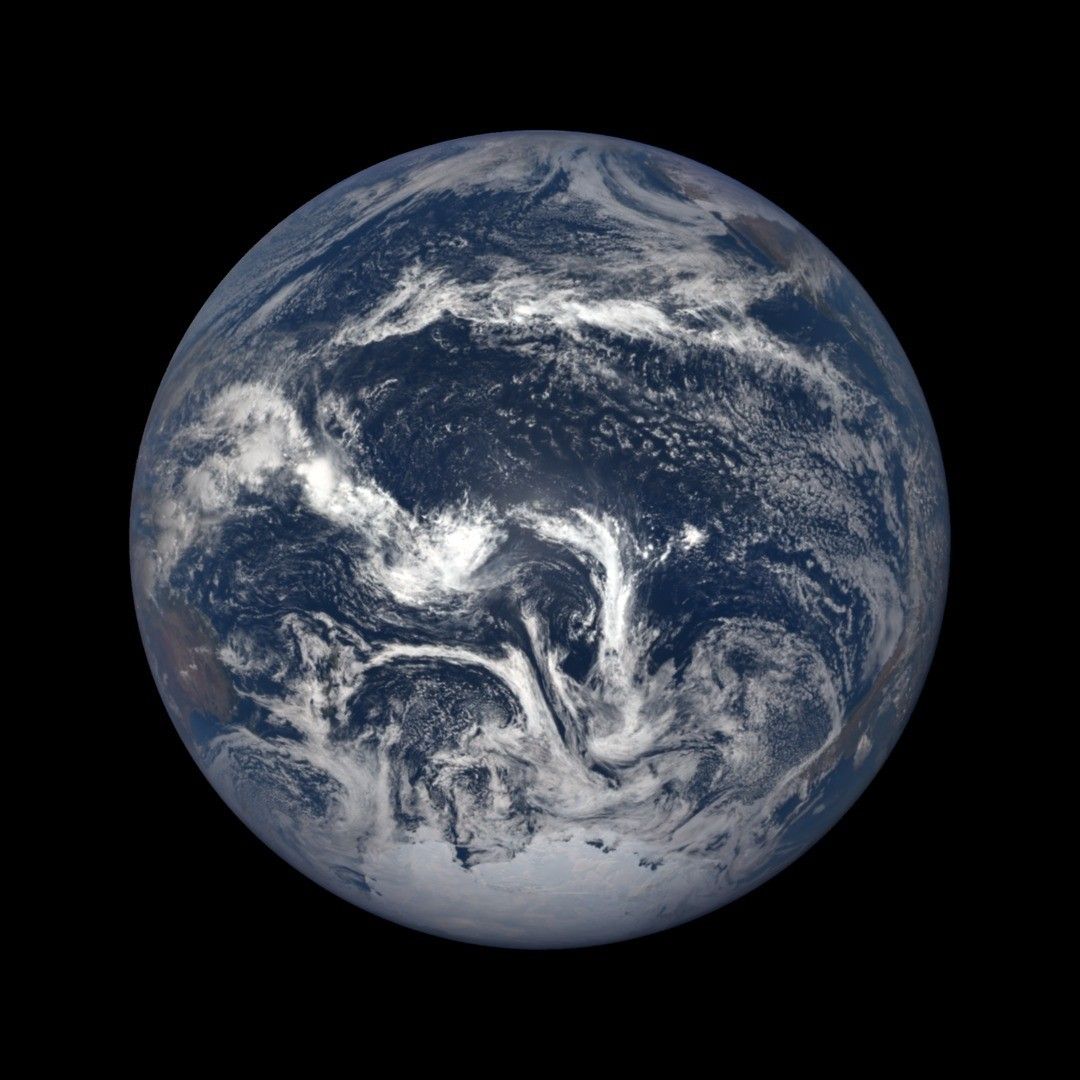
Mars
The fourth planet from the Sun, Mars is dry, rocky, and bitter cold. However, robotic orbiters and surface rovers have found evidence that billions of years ago, Mars was once much wetter and warmer, with a thicker atmosphere, making it a compelling place to search for the existence of life beyond Earth.
Learn More About Mars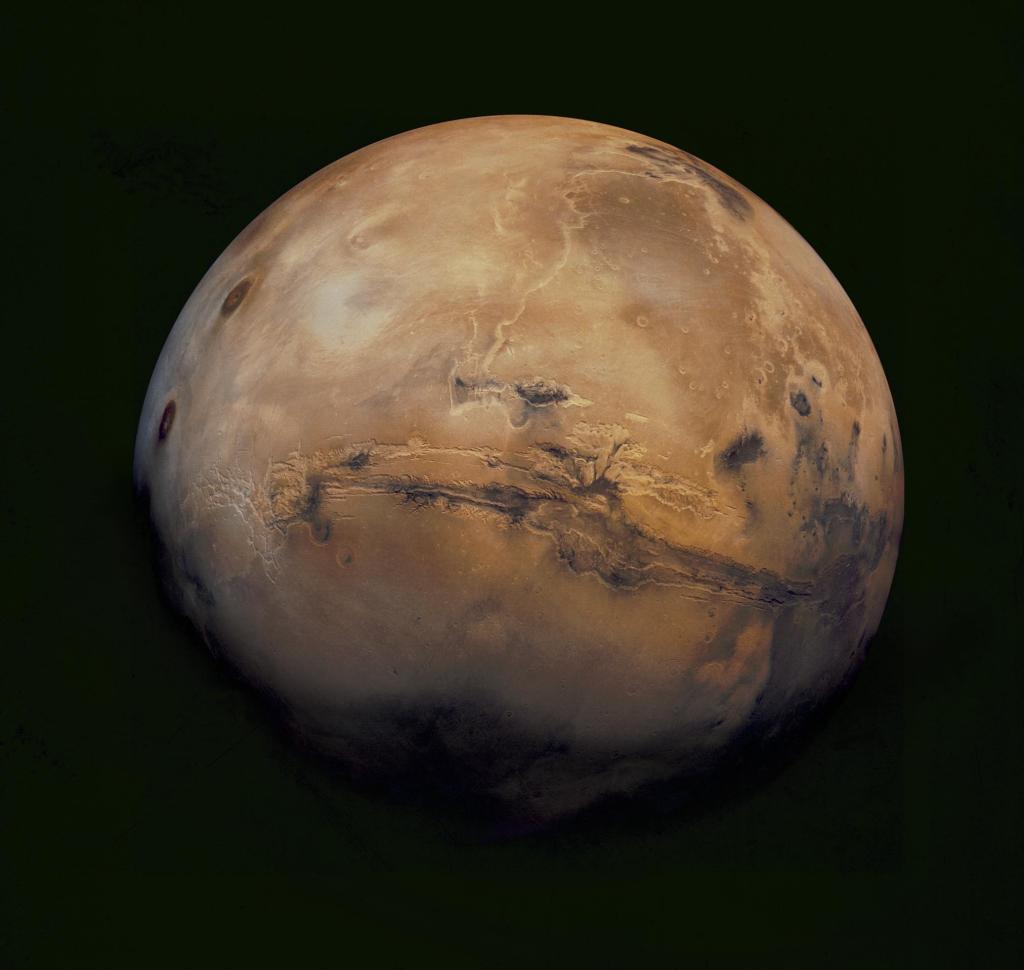

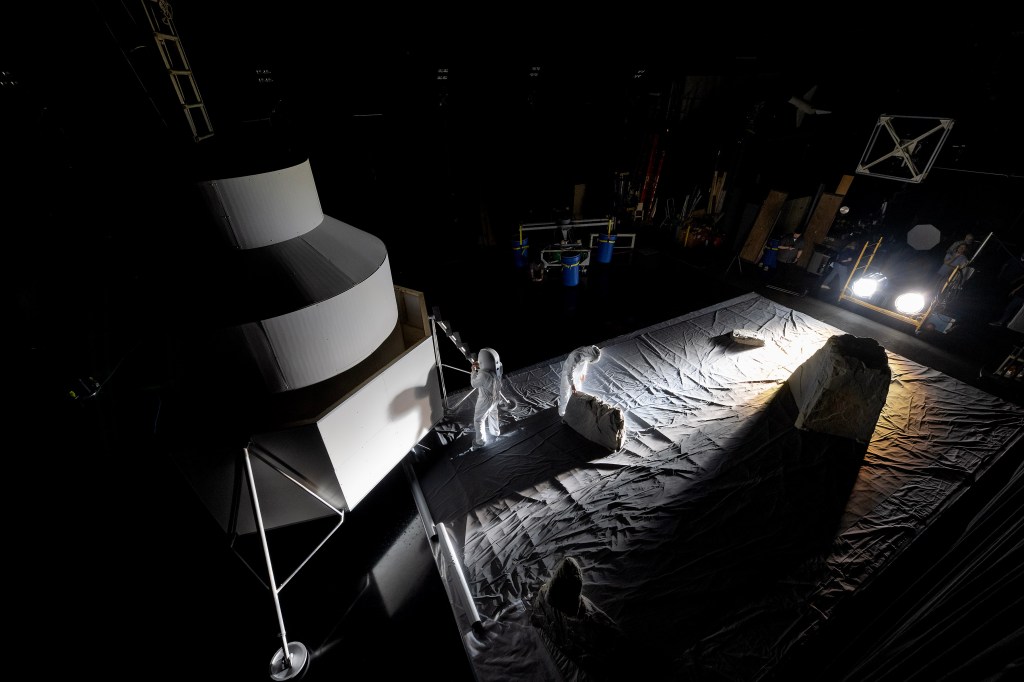
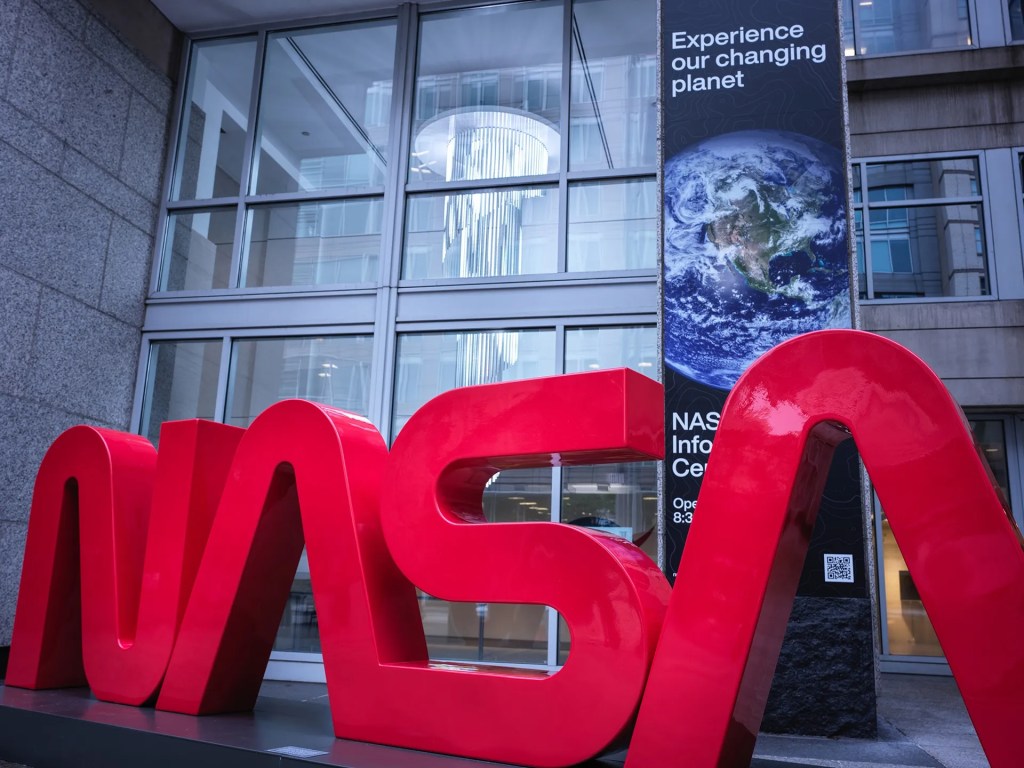
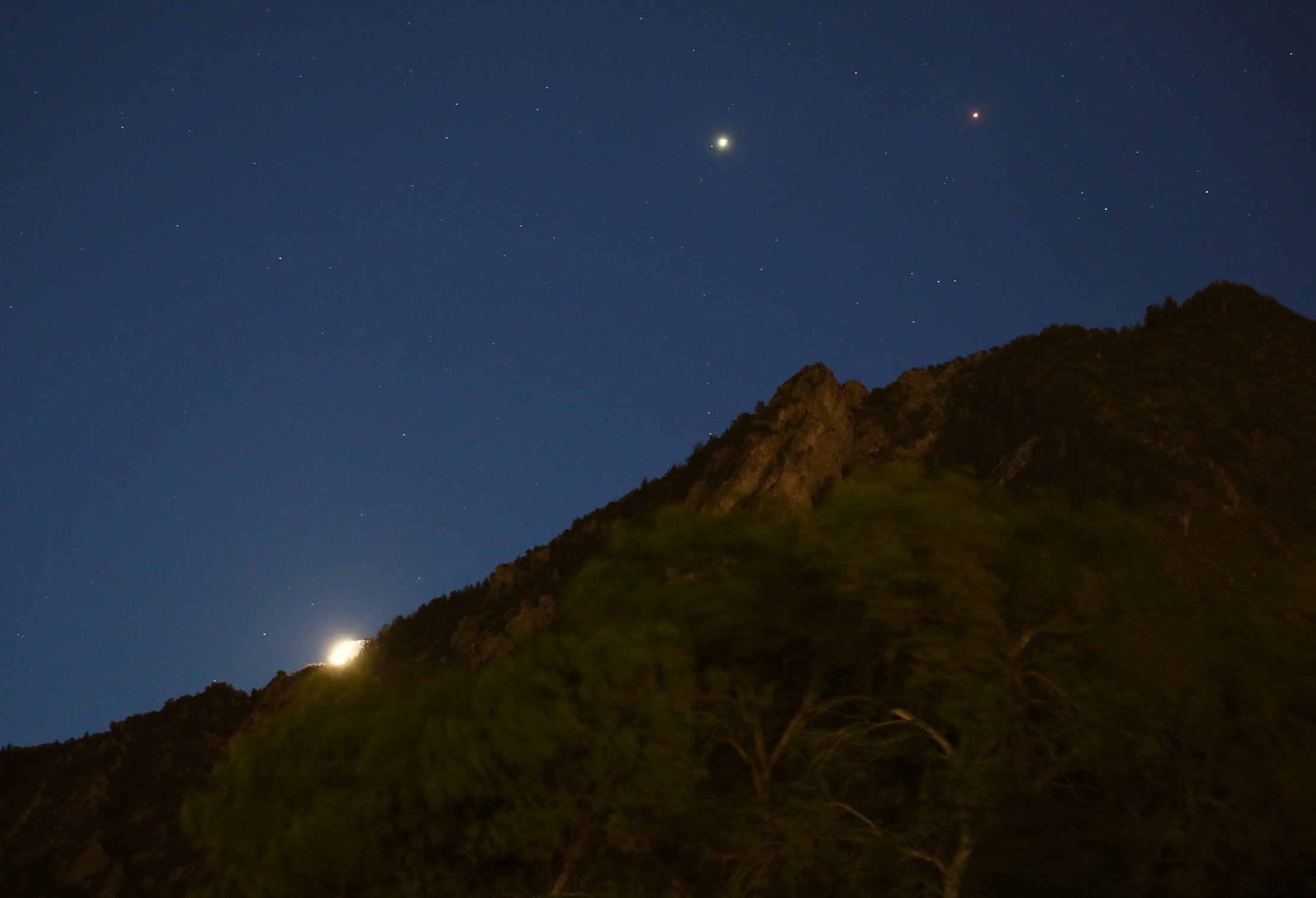






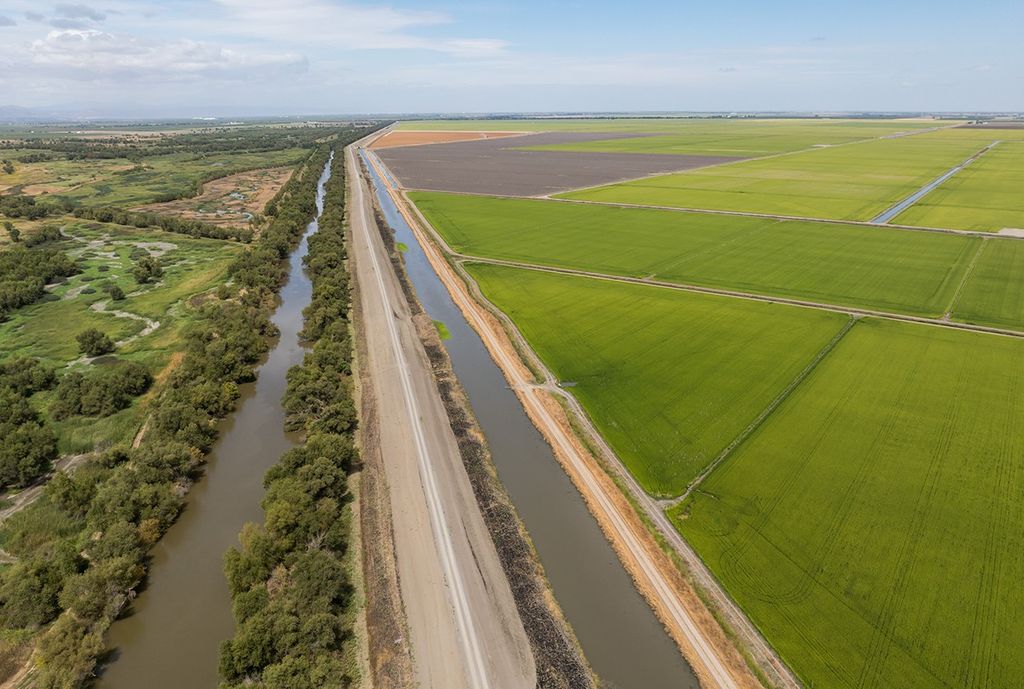
.jpg?w=1024)


